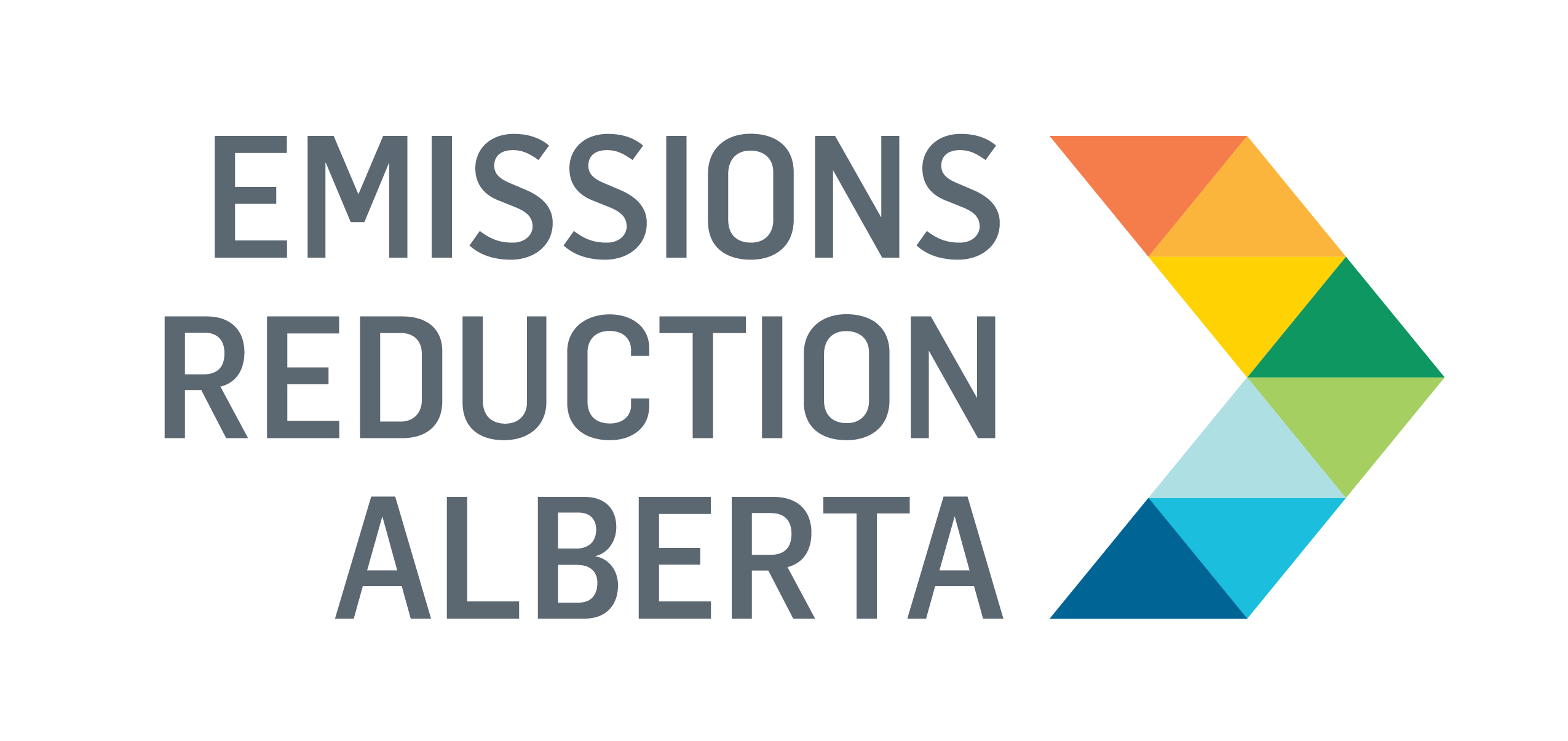Reducing Methane Emissions by Injecting Oxygen into Landfills
Funded through Round 5: SMEs only in 2012, the Fort McMurray Landfill Aerobic Bioreactor project aimed to show how injecting air into old landfill waste could dramatically cut methane emissions and speed up site stabilization. Although the system was sadly destroyed by the 2016 Fort McMurray wildfire before reaching full operations, the project still led to new landfill technologies, construction methods and lessons that will benefit future waste management efforts.
The aerobic landfill bioreactor technology works by pumping air into old landfill waste to speed up its breakdown in a way that avoids producing methane. In a regular landfill, waste breaks down slowly without oxygen, which creates methane as a by-product. But in this system, the air keeps conditions aerobic (rich in oxygen), which kills the methane-producing microbes and encourages other microbes that break down the waste into mostly carbon dioxide, water vapour and harmless substances. This change not only cuts down methane emissions dramatically but also reduces odours and stops the production of leachate, a toxic liquid that can seep out of landfills. What makes this approach novel is how it actively manages the airflow throughout the landfill using a dense network of wells, custom-built valves for precise control and a smart system to monitor temperature, gas levels and moisture. As a result, the waste stabilizes within about four years instead of the over 100 years it would take in a traditional landfill, allowing the site to be reused sooner and with fewer long-term environmental risks.
Validating the Technology and Adapting Through Innovations
While the project never became fully operational due to the 2016 Fort Macmurry wildfire, it provided several important lessons about the technical feasibility, operational challenges, and commercialization potential of the technology. One of the key takeaways was that many of the conventional approaches used in landfill construction and gas management are not well suited to aerobic bioreactor systems, and significant innovation is required across system design, materials and construction methods. For example, traditional auger drilling was found to be too slow and prone to failure when there is a mixture of waste conditions. These challenges prompted the successful introduction of sonic drilling, a first in Canada for landfill applications. This method dramatically improved drilling efficiency and reduced equipment damage, demonstrating that adapting technologies from other sectors can be critical to feasibility. However, the project also revealed challenges with sample collection and laboratory capacity for key metrics, underlining the importance of early coordination with analytical labs and contingency planning for sample viability.
Another important insight was the need for precise and reliable control over airflow and gas extraction across a large, variable waste mass. Off-the-shelf valves could not deliver the linear flow control needed for effective bioreactor operation, leading to the co-development of a novel valve design that has since been commercialized. This highlighted both the technical demands of the system and the potential for spin-off products in the landfill gas management market. From a commercialization standpoint, the project underscored that while the technical concept is sound and environmental benefits are substantial, market uptake depends heavily on regulatory frameworks that recognize and monetize methane avoidance. The Alberta carbon offset protocol was a key enabler for this project, and similar mechanisms will be critical for broader adoption.
What’s next?
The project was completed in 2016, and despite never reaching full operation, it validated core aspects of the aerobic landfill bioreactor concept while exposing several practical and logistical hurdles that must be addressed to enable replication at other sites.
